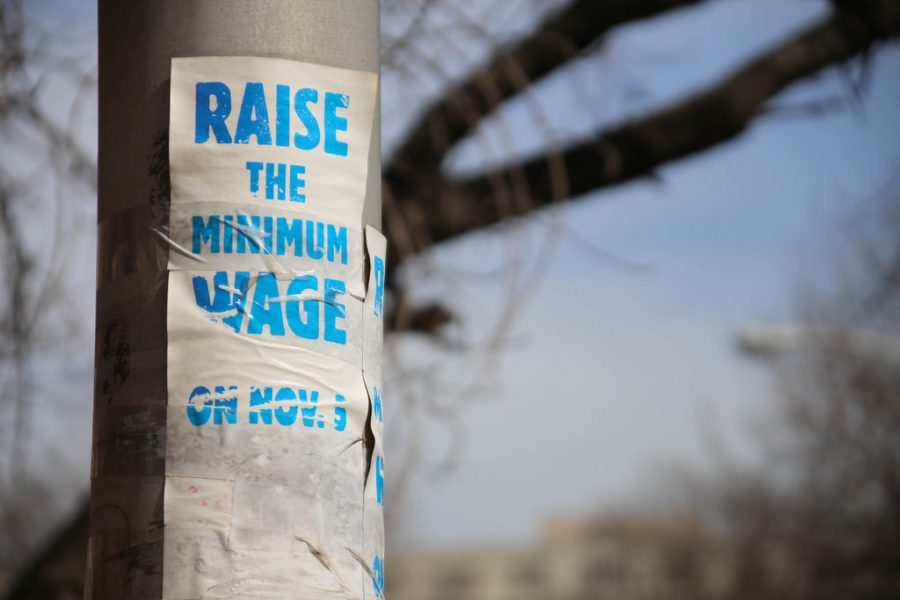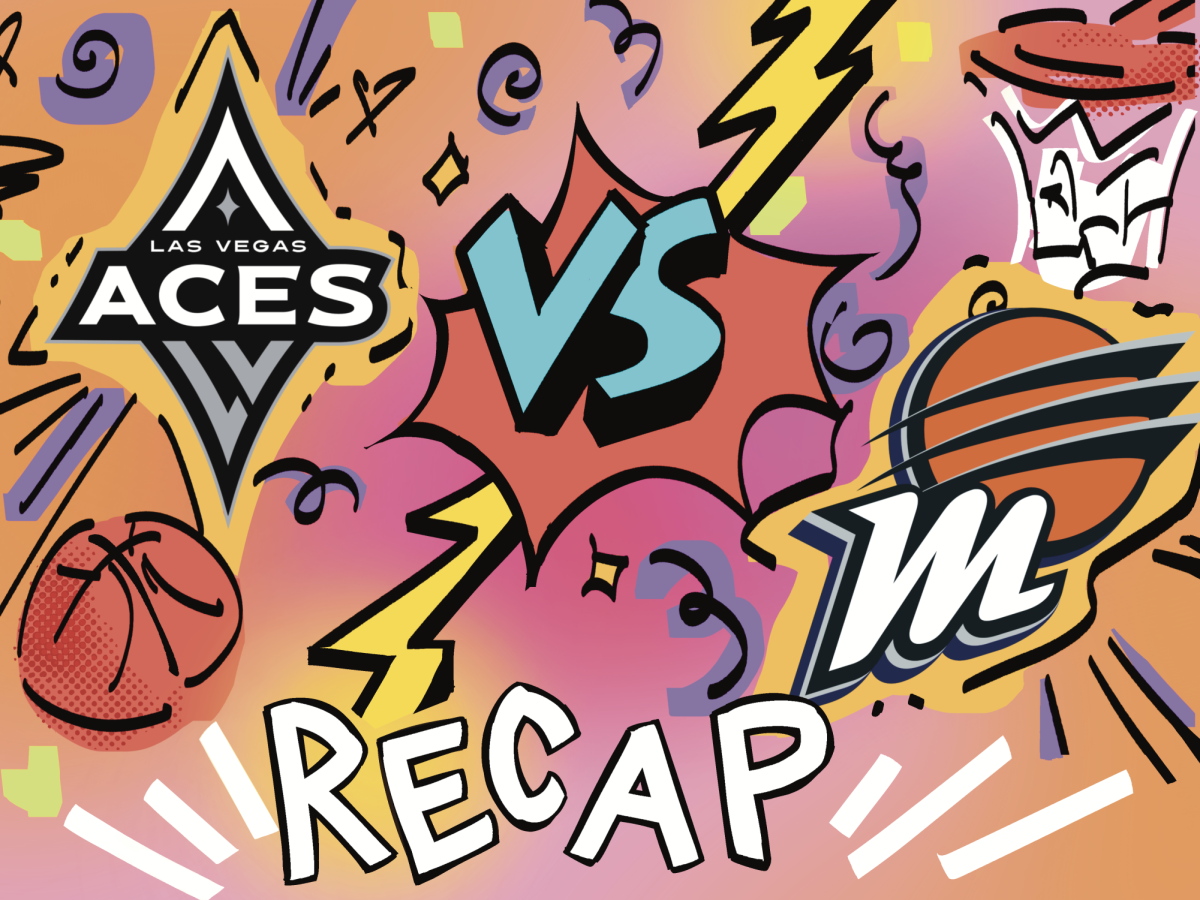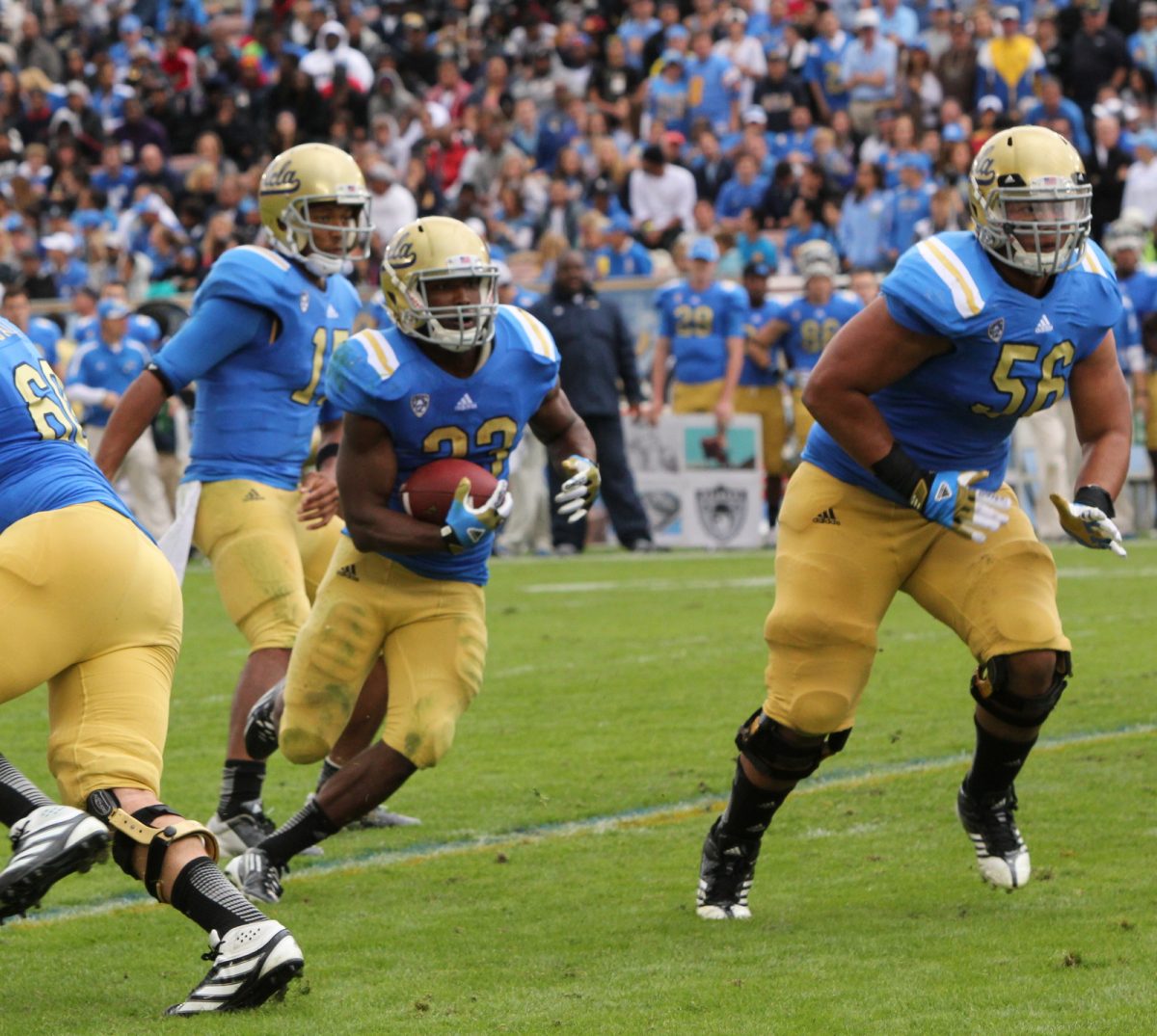Spring is here, which means baseball is here again. Hope springs eternal for every team, as the new season gets into full swing.
The two New York teams will attempt to wash away the bitter taste of last season’s disappointments. The Mets suffered through their second consecutive losing season, finishing with 77 wins, while the Yankees had a very successful regular season, winning 100 games and qualifying for the American League playoffs.
However, they were destroyed by their hated division rivals and eventual World Series champions, the Boston Red Sox, in the American League Division Series, losing three games to one.
The Yankees opened their 2019 campaign the way they closed 2018: against a division rival. This time, the Baltimore Orioles were the opponent for the Bronx Bombers. Three games into the season, the Yankees seem to be in a bit of a funk, losing two in a row after winning on opening day.
For the most part, the positives for the Pinstripes lie on the mound. The starting pitching has been decent, with Masahiro Tanaka filling in admirably as the No. 1 hurler due to a shoulder injury to staff ace Luis Severino. Relying on a combination of perfectly placed fastballs, sliders and splitters registering just over 90 mph, Tanaka forced ground balls and flyouts en route to earning the team’s first win.
On the other hand, James Paxton, making his Big Apple debut in the second game, used his four-seam fastball a lot, consistently registering in the low- to mid-90s on the gun. His knuckle curve was also impressive, moving away from left-handed batters toward the outside corners of the plate. Although he was credited with the loss due to three costly Yankee errors, Paxton did not have too many bad pitches in a solid outing, only giving up two runs on four hits.
Another positive was the bullpen, as it was successful preserving the lead throughout opening week, especially with the help of Adam Ottavino. Registering three strikeouts in one and two-thirds innings, Ottavino was pinpoint accurate with his cutter, getting four out of six called strikes in his regular season debut innings for the Yanks.
In terms of the hitting, a common theme emerging is power and patience. The power is self-evident, with Aaron Judge, Giancarlo Stanton, Luke Voit, Miguel Andújar, and Gary Sánchez all capable of annihilating a fastball down the middle. While the Yankees did set the Major League record for most home runs in a season last year with 208, the Bronx Bombers tended to fizzle out and misfire if they were not hitting long balls.
This year, it is slightly different, as the Yankees’ batters have hit the ball hard just about every time up, regardless of whether it is a hit or an out. Exit velocities, or how fast the ball travels once it is hit, have constantly exceeded 100 mph. In addition, the Yankees are patient in the batter’s box, registering 22 walks through opening week, third-best in the Majors.
One batter who is impressing so far is DJ LeMahieu. A new signing for the Bombers, he has registered four hits, including an RBI double, in six at-bats in limited opportunities at third base, while also flashing the leather at the hot corner.
However, the lineup has questions, primarily at first base. So far, Voit is the better hitter, batting .300, but he looks like a liability in the field compared to Greg Bird, even registering a throwing error in the Yanks’ first loss. However, Bird is atrocious with the bat, with his home run in the seventh inning of the first game representing his only hit on the season.
The question remains whether the Yankees retain the bats of Voit at DH and Bird at first base in the lineup, or stick Voit at first and retain the risk of Voit being a defensive question mark.
While the Yankees have a mystery to solve with their platoon at first base, the Mets have found their permanent first baseman, Pete Alonso. The Mets’ No. 1 prospect coming out of spring training, Alonso has lit up the Majors so far, getting six hits in 12 at-bats against the Mets’ division rival Washington Nationals in their opening series. The production coming from Alonso, as well as the entire lineup, compared to last season is like night and day.
The Mets finished 2018 with a paltry .234 batting average, the worst in the league. It was home run or bust, and they mostly went bust. However, there is a culture shift happening in Queens. Putting balls in play is now the primary goal, as opposed to putting the ball in the stands.
The Mets are achieving their new goal by hitting the ball and hitting it hard. Look no further than Alonso for evidence, his three doubles all exceeding 100 mph in exit velocity. Other hitters performing well are Jeff McNeil — who has four hits in nine at-bats, including being a home run away from a cycle against Stephen Strasburg in the Amazin’s second game — and Wilson Ramos, who is batting .444 so far.
The most important contributor is not leading through high batting averages, but through veteran leadership. Newly acquired Robinson Canó is exemplifying the culture change by putting the ball in play, with only three strikeouts in 14 at-bats, and cranking up the power when available, registering the Mets’ only homer on the season.
The Mets have the third-best batting average in the league, collecting hits in almost three out of 10 at-bats. In addition, they scored 18 runs in three games against the Nats, earning two wins. However, the question marks reveal themselves when examining the pitching performances. Unfortunately, in this young season, it seems to be Jacob deGrom and pray.
DeGrom is the best pitcher the Mets have had since Dwight Gooden. The defending National League Cy Young Award winner put on a clinic in the art of pitching, outperforming Nats ace Max Scherzer with 10 strikeouts, giving up only five hits across six innings of work.
The mesmerizing part of it was how deGrom was able to get out of jams in the early innings and how he used his breaking balls. He would open with his four-seam fastball, his bread-and-butter pitch. He would then use his sliders to freeze the batters in the box or his change-ups to make them look foolish, swinging at air.
While deGrom used his off-speed pitches to get hitters out, he relied heavily on his fastball, throwing a 97 mph four-seamer right by the Nationals before they even knew what happened.
Other than deGrom, the only other standout pitching performance was the new closer, Edwin Diaz. Acquired from the Seattle Mariners, along with Canó in the offseason, Diaz has provided a spark to a traditionally maligned Metropolitan bullpen. In his limited usage, Diaz has done the job perfectly, getting all available outs in his two save opportunities, utilizing his fastball very well.
However, the rest of the pitching staff, especially starting pitching, is shaky. Noah “Thor” Syndergaard has the ability to be lights-out, but his command was not there in his first start, getting lit up for four runs and seven hits over six innings. Zack Wheeler, the Mets’ third starting pitcher, also gave up four runs and six hits in five innings. To add insult to injury, Seth Lugo, one of the Mets’ most used relief arms, also gave four runs, but in only two innings.
The Mets’ bats were able to bail out Thor and Lugo but were unable to save Wheeler. Although both Thor and Wheeler registered seven punchouts, the amount of runs and hits they gave up is worrying.
At the end of opening weekend, the Mets were 2-1 while the Yankees were 1-2. There were concerns for both clubs.
The Yankees need to battle through missing many players to injury, including Didi Gregorius, Aaron Hicks, Severino, Dellin Betances, and now Giancarlo and Andújar. The Mets, on the other hand, need to keep the new culture going at all costs. Despite the early hiccups, there are 159 more games for the Bombers and Metropolitans, respectively. They have time to figure things out.








